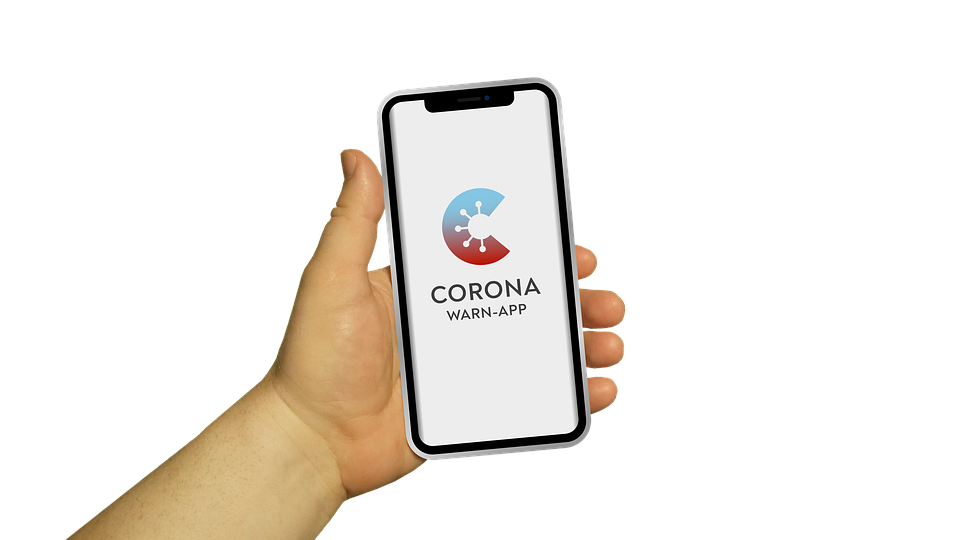Are you ready to turn your innovative idea into a mobile application? Whether you’re a seasoned programmer or a complete beginner, building a mobile app can be an exhilarating journey. This comprehensive guide will walk you through the essential stages of app development, from conception to launch in the app store.
Step 1: Ideation – Define Your Concept
The first step in the app development process is defining your concept. Identify a problem that your app will solve or a unique service it will provide. To brainstorm effectively:
- Research the market for similar apps.
- Gather feedback from potential users.
- Create a mind map of features and functionalities.
Step 2: Planning and Research
Once you’ve solidified your idea, it’s time to do thorough research. Consider the following:
- Identify your target audience.
- Scout your competitors. What are their strengths and weaknesses?
- Define a Minimum Viable Product (MVP) that includes essential features to test your idea promptly.
Step 3: Designing Your App
Designing your app involves creating wireframes and user interface (UI) prototypes. Use tools like Figma or Adobe XD for this purpose. Keep these tips in mind:
Key Design Principles
- Consistency: Employ a consistent color scheme and typography.
- Intuitiveness: Ensure that navigation is simple and user-friendly.
- Responsive design: Make sure your app looks great on all devices.
Step 4: Choosing the Right Development Tools
Your choice of tools will depend on whether you are building for iOS, Android, or both. Here are a few recommendations:
- Flutter: Great for cross-platform development with one codebase.
- React Native: Use JavaScript to create native-looking apps.
- Swift and Kotlin: For advanced users focusing on iOS and Android development, respectively.
Step 5: Development – Build Your App
Now, let’s dive into the coding phase. If you choose Flutter, here’s a quick example to get you started:
import 'package:flutter/material.dart';
void main() {
runApp(MyApp());
}
class MyApp extends StatelessWidget {
@override
Widget build(BuildContext context) {
return MaterialApp(
home: Scaffold(
appBar: AppBar(title: Text('My First App')),
body: Center(child: Text('Hello World')),
),
);
}
}Once you’ve created the core functionalities, it’s time for rigorous testing to ensure there are no bugs and the app is user-friendly.
Step 6: Beta Testing
Before the official launch, conduct a beta test with a group of users to gather valuable feedback. Use platforms like TestFlight for iOS or Google Play Console for Android testing. This will help you identify any last-minute issues and improve the user experience.
Step 7: Launching Your App
After thorough testing and refinement, it’s time to launch your app on the app store:
- Create an appealing app store listing with screenshots, descriptions, and keywords.
- Utilize social media and email marketing to promote your app’s launch.
- Consider app store optimization (ASO) strategies to enhance visibility.
Step 8: Post-Launch – Updates and Maintenance
Your app’s journey doesn’t end with the launch. Keep track of user feedback and analytics, and regularly release updates to enhance features and fix bugs. This ongoing process ensures user satisfaction and can lead to better app ratings and visibility.
Conclusion
Building a mobile app is a challenging yet rewarding experience. By following this step-by-step guide, both programmers and beginners can successfully navigate the app development process and bring their ideas to life. Remember, continuous learning and adaptation are key to your app’s success!
FAQ Section
1. How much does it cost to develop an app?
The cost can vary widely based on complexity, features, and your location. Generally, it can range from $5,000 to over $100,000 for fully-featured applications.
2. Do I need to know how to code to build an app?
While coding knowledge is beneficial, many tools and platforms allow beginners to create apps with little to no coding experience, such as Appy Pie or Adalo.
3. How long does it take to develop an app?
The development timeline can vary based on the app’s complexity and features. A simple app might take a few weeks, while a more complex app could take several months.


Comments are closed.